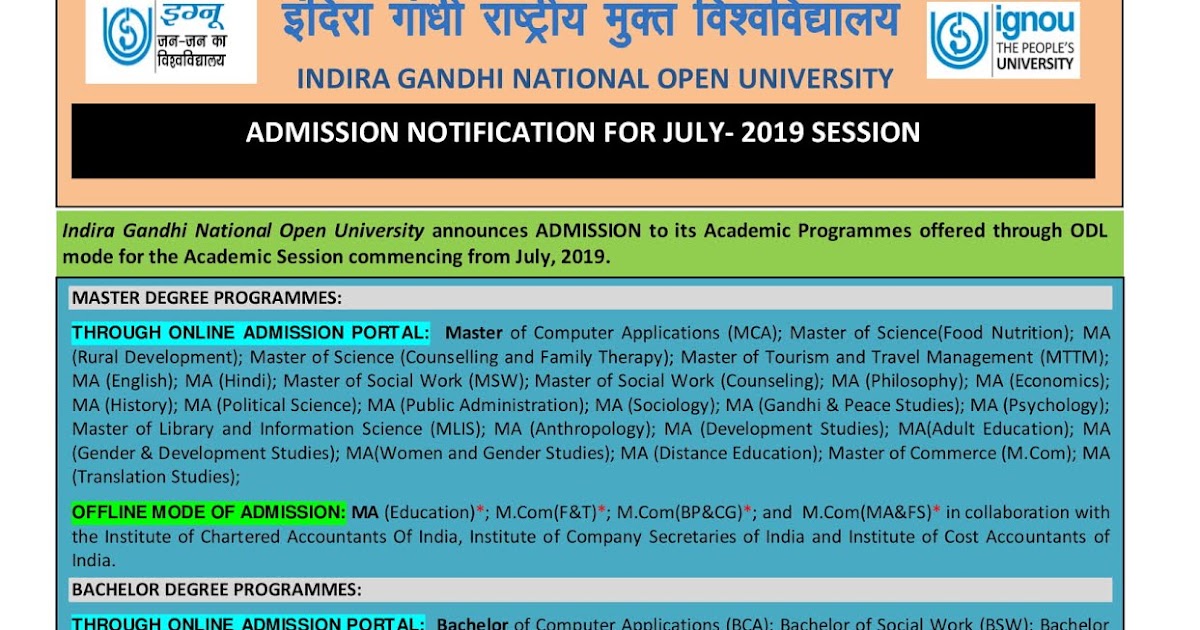How to Write Data Analysis and Interpretation in the Methodology Section of an IGNOU Project
When students write their IGNOU project, a section that frequently causes them anxiety is "Data Analysis and Interpretation." Many students fret because they think that this section calls for high-level statistics or advanced mathematical skills. However, in reality, IGNOU requires a simple, logical as well as clearly outlined analysis that is directly linked to your objectives.
In this article, we'll examine using very basic Indian English how it is to compose the Data Analysis and Interpretation part of your IGNOU methodology chapter and how write it to be easy to comprehend, as well as how to avoid making errors. By the end, you will feel confident enough to manage this section in any program, be it MBA, B.Ed., MPS, MSW, MCOM, Tourism psychology, or any other IGNOU program.
1. What Does Data Analysis Mean in a Simple Way?
Data analysis is simply organizing the data you gathered and gaining a sense to it. It is possible that you have collected data via a survey, interview or even observation. All the raw data you collect must be organized in a simple and meaningful manner so that you are able to comprehend patterns or trends and the most important conclusions.
You don't require complicated formulas. Even simple percentages, counts, or themes are sufficient.
In the simplest of terms:
Data analysis involves arranging your data in a rational manner.
Interpretation = describing what the arrangement of data can mean.
2. Where Does Analysis Fit in the Methodology?
Many students consider data analysis only in Chapter 4 (Results). But the IGNOU's methodology section must also contain the way you intend to study this data.
In the chapter on methodology you will need to explain:
What kind of data you have gathered?
How will you analyse it
What tools will you be using (percentage charts, tables, graphs and thematic analysis, etc.)
These techniques are why they're suitable.
This is a proof to the examiner that you followed the correct procedures from beginning to end.
3. Types of Data Analysis Used in IGNOU Projects
IGNOU projects usually employ two types of analysis:
A. Quantitative Analysis
Useful when your data is numerical (e.g. age or score, rating yes/no responses).
Common tools:
The frequency (number of people providing a response)
Percentage
Mean/average (only in cases where it is necessary)
Simple pie charts and bar charts
B. Qualitative Analysis
Useful for descriptive data (e.g. interviews, answers to questions and observations, as well as open-ended responses).
Common techniques:
Thematic analysis
Coding of responses
The grouping of similar ideas
Narrative explanation
The majority of IGNOU projects employ a mixture of both.
4. How to Write the Data Analysis Part in Simple Words
Let's walk through each section, so that you can immediately incorporate this style into your own project.
Step 1: Restate Your Objectives
Prior to analysis, you should write your research objectives in short. This can help your reader understand what you're trying find.
Example:
"The analysis of the data was conducted in line with the following objectives:
to study the satisfaction levels of customers.
To discover the difficulties encountered by staff.
To understand the service quality gaps."
This simple step can give direction to your analysis.
Step 2: Explain the Type of Data Collected
Be sure to identify whether your data is qualitative, quantitative or both.
Example:
"The study contained both quantitative data (ratings and multiple-choice responses) and qualitative data (open-ended answers and interview responses)."
Step 3: Mention the Tools Used for Analysis
You don't need complex software. Simple tools are enough.
For Quantitative Data:
You can also mention:
Analysis of percentages
Cross-tabulation
Simple graphs (if used)
Average/mean (optional)
For Qualitative Data:
Mention:
Thematic analysis
Manual Coding
Responses are grouped
Example:
"Quantitative data was analyzed using simple percentage analysis and presented in tables. Qualitative responses were categorised into themes and presented narratively."
Step 4: Describe the Process in a Practical Way
IGNOU prefers a real-world explanation over than textbook definitions.
Example:
"All of the questionnaires that were filled out were reviewed manually. The answers were counted and organized in tables. Percentages were calculated so that we could understand patterns. The interviewer's descriptions were read several times, and common ideas were classified together into "themes."
It's natural and human Not robotic.
5. How to Present Quantitative Data (Easy Method)
For the vast majority of IGNOU projects, tables and percentages are perfect.
A. Frequency and Percentage
Let's suppose that 60 out of 100 customers are satisfied by a service.
The following can be written:
"Out of 100 respondents, 60 (60%) reported that they were satisfied with the service."
It is then translated as:
"This indicates that the majority of respondents were satisfied, though a considerable portion still expects improvement."
Keep in mind: Analysis is quantity.
Interpretation = meaning.
B. Cross-Tabulation
If you're looking to compare two things--for example, male and female satisfaction--you could create a small table.
Example:
"Cross-tabulation showed that 70% of female respondents were satisfied, compared to 52% of male respondents."
Interpretation:
"This suggests that female respondents had a more favourable experience."
Simple, clear, no complicated stats.
C. Graphs (Optional)
If you're using graphs (bar charts, pie charts, etc.), tell in methodology that:
"Graphs were used to visually present the percentage distribution of responses."
IGNOU is a fan of simple visuals. It is not necessary to have advanced statistical charts.
6. How to Present Qualitative Data (Interview or Open-Ended Answers)
A lot of IGNOU projects contain open-ended responses such as interview notes or observations. These are not shown in numbers. Instead, they should be presented as themes.
A. Thematic Analysis (Easy Explanation)
This is the most straightforward and best method.
Steps:
Read all the responses
Identify common ideas
Give an appropriate name for each idea (theme)
Write a brief paragraph on each subject.
Examples of themes:
"Lack of training"
"Workload pressure"
"Positive customer interaction"
Write this way:
"During thematic study, three main themes emerged from the interviews: 1. Workload Pressure: Many teachers claimed that administrative responsibilities increased stress. 2. Unavailability of Resources: Some teachers complained of a shortage in teaching materials. 3. The positive engagement of students: Several teachers were inspired by students' curiosity."
This is clear, simple and even evaluator-friendly.
B. Coding (Simple Version)
Coding is the process of marking ideas that are important.
Example:
"Responses were coded manually by highlighting statements related to satisfaction, challenges, and suggestions."
There is no need for any software.
C. Narrative Explanation
After the themes, explain with your own language the significance of the data.
Example:
"Overall, the interviews showed that teachers face administrative pressure, but they also find satisfaction in classroom interaction."
7. Linking Analysis with Objectives
Many students do not realize this, and IGNOU examiners often complain that the analysis feels disconnected.
A simple technique:
After each table or theme, write a line such as:
"This finding fulfils Objective 2."
It also shows alignment between objectives and results.
8. How to Write Interpretation (Simple Human Style)
Interpretation is when you explain what your findings indicate. Do not copy textbooks' lines. Utilize natural language.
Example:
"The study shows that while the majority of customers are satisfied staff's behaviour However, many are unsatisfied with the wait time. The company must focus on reducing wait times."
See? Simple and honest. It's also logical.
IGNOU examiners prefer this over difficult academic language.
9. How to Write in the Methodology Section About Analysis Tools
Here is an example paragraph:
"The information gathered was analysed using simple quantitative as well as qualitative techniques. Percentage analysis was used to determine the distribution of responses, and the results were presented as tables. For data from qualitative interviews thematic analysis was utilized. Responses were read over and over again, then classified into relevant themes. This approach helped in interpreting the data according to the research objectives."
This is appropriate and clean for all IGNOU projects.
10. Common Mistakes to Avoid in the Data Analysis Section
Students are prone to making mistakes unknowingly. Avoid these:
Making use of too many theories about statistical concepts
IGNOU project writing services doesn't want to be reliant on textbooks for explanations.
Not understanding after presenting Tables
Be sure to define what the numbers are.
Copying data using the internet
It's evident when the results don't correspond to your goal.
A very small or unrealistic sample sizes
Use only reasonable (e.g., 30-120 respondents for most projects).
It isn't linking analysis to goals
This makes the study appear scattered.
Utilizing complicated formulas that you do not understand
Make sure you stick to percents or themes.
The simple, honest and reliable work method is the best.
Conclusion
Analyzing and interpreting data might initially seem complicated, but once you understand the basics of what it takes this becomes one of the easiest parts of your IGNOU project. There is no need for advanced calculations or software to analyze data. Simple tables, percentages, and thematic descriptions are enough. The key is to explain your plan clearly in the section on the methodology to ensure that the examiner can see how your raw data transforms into valuable findings.

